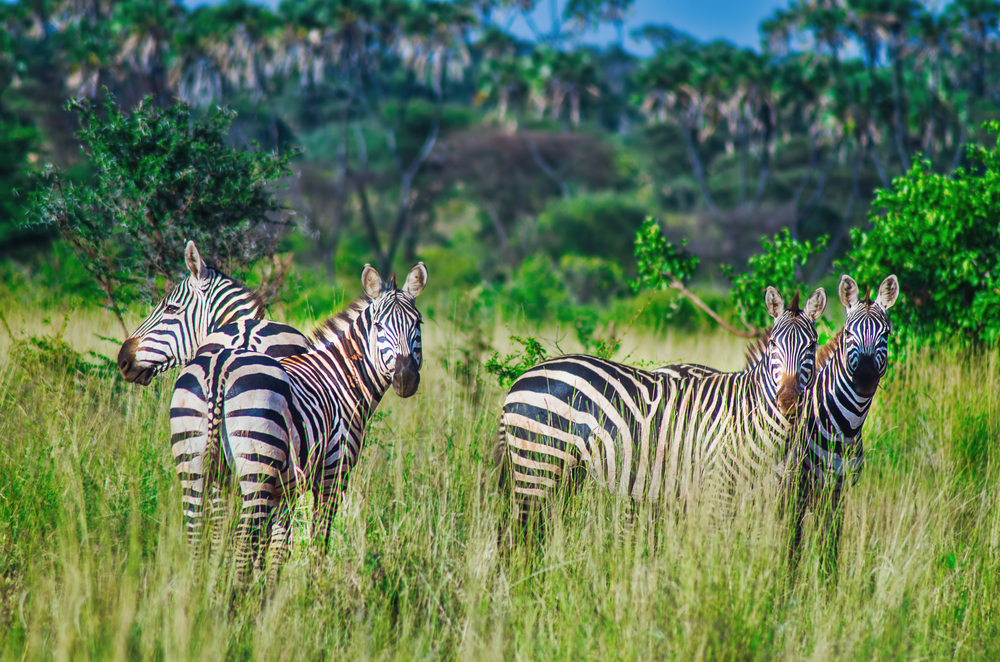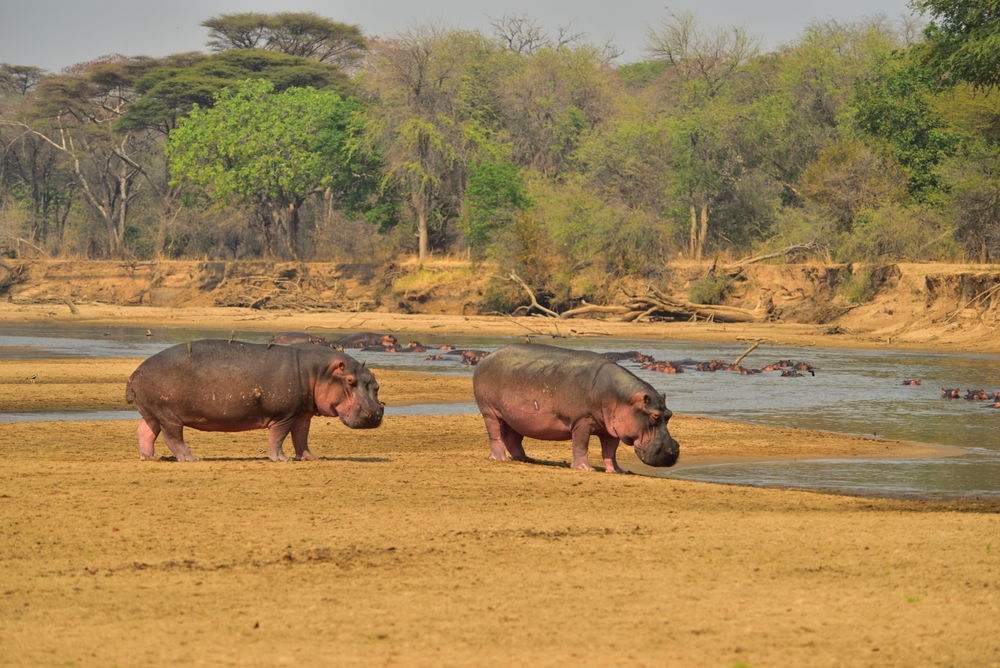Mweru Overview
Mweru National Park, known locally as Paki ya Mweru, is a hidden gem in northern Zambia, located near the expansive Lake Mweru on the border with the Democratic Republic of Congo. Covering approximately 2,000 square kilometers (772 square miles), the park is part of the Lake Mweru basin, a region rich in wetlands, grasslands, and unique biodiversity. The park takes its name from the lake, which plays a crucial role in sustaining the ecosystems of this remote and tranquil wilderness.
The park’s terrain is defined by a combination of vast floodplains, miombo woodlands, and dense riverine forests. While it lacks towering mountains, the gently rolling hills and wetlands create a scenic and serene environment that offers a distinct charm. Seasonal watercourses and the proximity to Lake Mweru further enhance the beauty of the landscape. Though no significant waterfalls are present within the park, the wetlands are dotted with small streams and natural springs that provide lifelines to the region’s wildlife.
Mweru National Park is known for its diversity of wildlife, particularly aquatic and semi-aquatic species. Hippos and crocodiles thrive along the shores of Lake Mweru and its tributaries, while the surrounding floodplains attract elephants, buffalo, and antelope species such as sitatunga and waterbuck. Predators such as leopards and hyenas are also present, although sightings are rare due to the park’s dense vegetation. Birdlife is exceptional, with over 350 recorded species, including the striking shoebill stork, saddle-billed stork, and African jacana, making it a hotspot for birdwatching enthusiasts.
Lake Mweru itself is a highlight of the park. As one of the largest freshwater lakes in the region, it supports a thriving fishing industry and serves as a vital resource for local communities. Visitors can explore the lake’s shoreline and its surrounding wetlands, where they can observe diverse wildlife and enjoy serene vistas of the tranquil waters.
Despite its ecological richness, Mweru National Park remains relatively undeveloped, with limited infrastructure and accessibility. Conservation efforts are gradually gaining traction, focusing on mitigating threats such as poaching and overfishing. Partnerships between conservation organizations and local communities aim to promote sustainable resource use and raise awareness about the importance of protecting the park’s unique ecosystems.
Visitors to Mweru National Park can enjoy activities such as birdwatching, guided nature walks, and boat excursions on Lake Mweru. While accommodations within the park are minimal, camping under the stars provides an authentic wilderness experience for those seeking solitude and adventure.
In summary, Mweru National Park is a serene and underexplored destination that showcases the natural beauty and biodiversity of Zambia’s northern regions. Its wetlands, diverse wildlife, and tranquil landscapes make it a must-visit for eco-tourists and adventurers looking to escape into nature’s untouched splendor.















































































